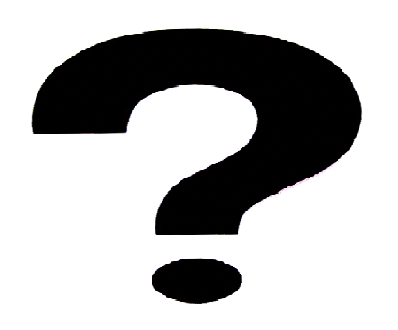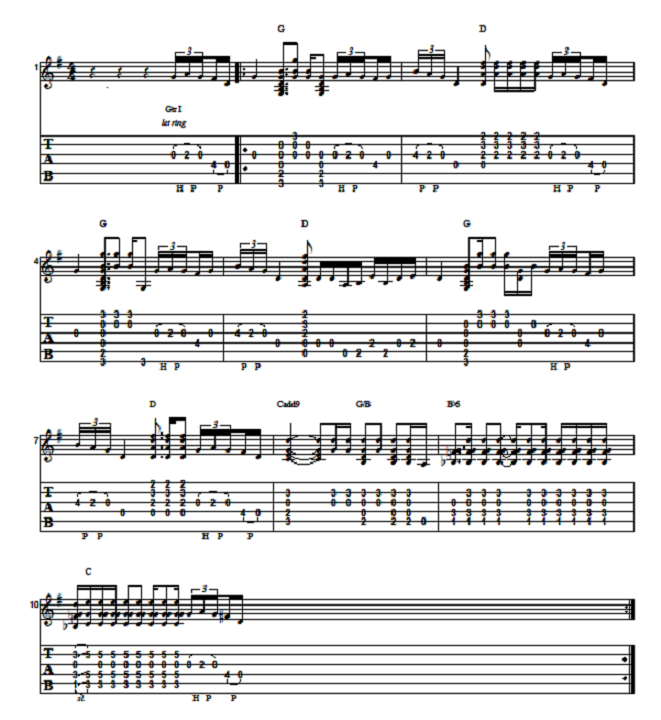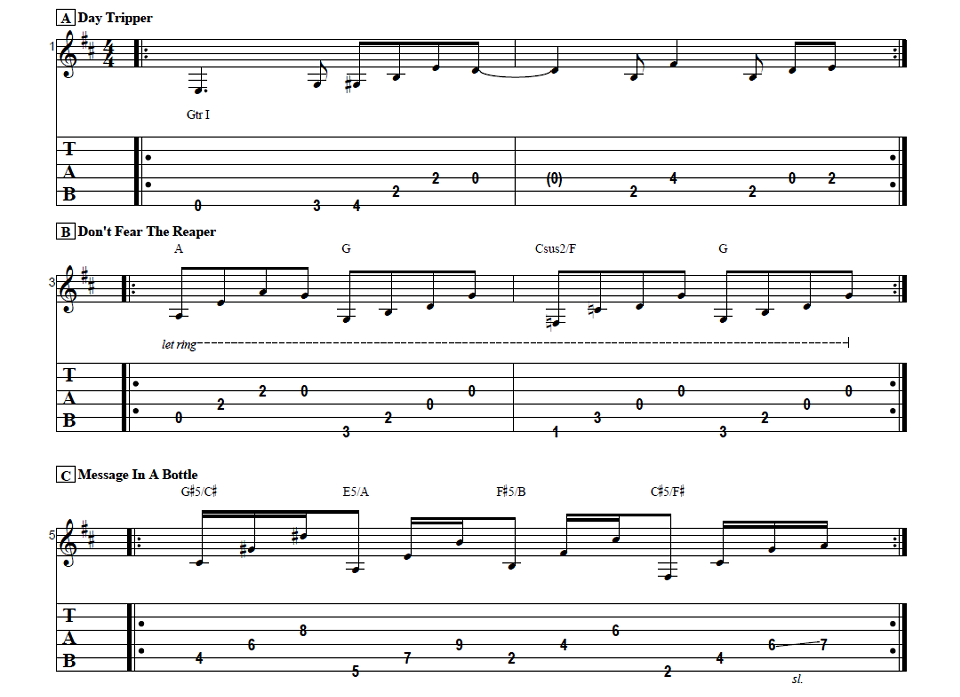Learn to play these 3 killer Dokken riffs with Guitar Control instructor Darrin Goodman. Be sure to get the free tabs to go along with this killer lesson and you’ll be rockin’ with Dokken TONIGHT!
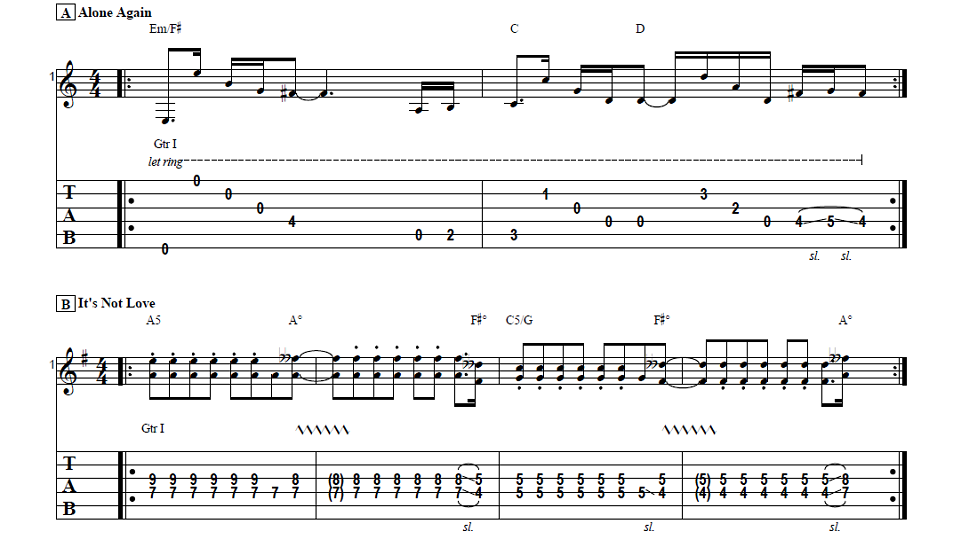
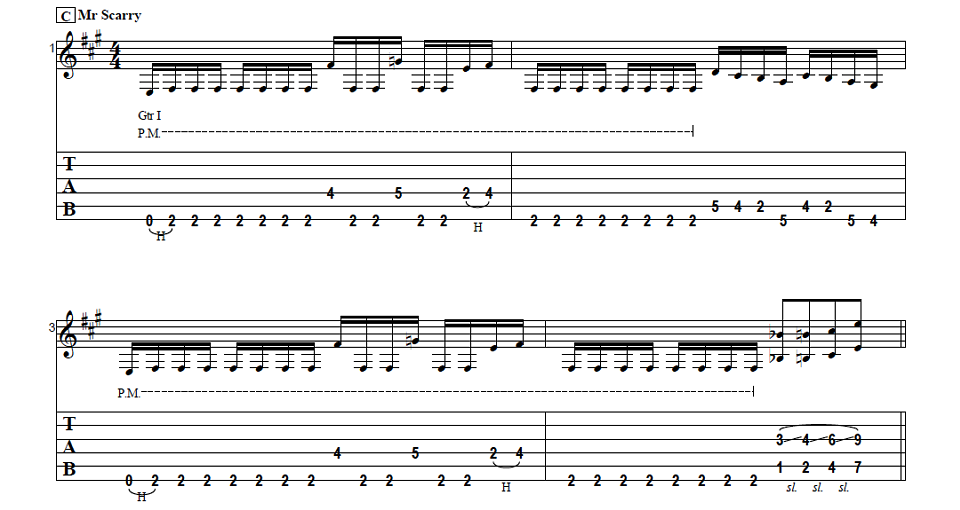
Introduction
Hey everybody how’s it going? This is Darrin with GuitarControl.com bringing you this video lesson. Today I want to show you how to play three easy cool riffs from Dokken. George Lynch is one of my favorite guitar players, especially for his rhythm stuff. The chords that he uses a lot are dyads and if you if you’ve been following me for any length of time you know that I’m a big fan of that whole style of rhythm. So be sure to click on the link in the description for the tabs and let’s get close up and take a look at these.
Dokken Riff-1 Alone Again
All right so the first one we’re going to look at is Alone Again and this one’s pretty easy. So starting off we’re going to hit the open low E string and the timing on this is kind of weird so this is one you’re going to really kind of want to feel out so like this is a dotted eighth note and then we have the open high E, B and G strings and those are all 16th notes and then we follow that with the fourth string and we’re like I said we’re on the fourth fret here on the D string and that’s an eighth note tied to a dotted quarter note then we’re gonna move down and we’re gonna play the A string open to the second fret with your second finger and then to the third fret with your third finger simultaneously dropping your first finger here on to the first fret of the B string. So it’s like we’re doing a C, except we just don’t want the D string to be open, so you just take your middle finger off. So for that we start off with the A string, B, G, D and then we switch to a D and we hit the D string open again; B, G, D and then we’re going to take our first finger up to the fourth fret of the D string and we’re going to pick that and slide to the fifth fret back to the fourth fret and then it just repeats…
Dokken Riff-2 It’s Not Love
All right so the next we’re going to look at is It’s Not Love and this is a great example of what I was talking about with George Lynch and the using dyad shapes to get the sound that he’s getting. You don’t want to play with a pick, you actually want to play with your fingers. So after this part of the riff when it goes into the rest of the song he actually switches back to using a pick. So how I do it is I just hold the pick just with my thumb and first finger and then use my second and third fingers to pluck the D and G strings. So we start off here with this A5; so I’m on the seventh fret of the D string with my first finger in the ninth fret of the G string with my third finger and this is all eighth notes one and two and three and, and then on the downbeat of four you hit just the D string… And then we’re gonna go to this like a diminished thing here; so what we’re gonna do is just move the note on the G string from the ninth fret to the eighth fret just with your second finger… and throw a little vibrato on it, and that’s on the end of four and then it’s tied to the downbeat of one on the second measure… Then we continue and two and three and four, and on the and on the downbeat of four to the and of four we slide out of that… Now we’re gonna be at the fifth fret on the D and G strings, so now the timing on this is just like the first measure and now what we’re gonna do is move the note on the D string down from the fifth fret to the fourth fret, so another little diminished thing, and then it just slides back up and repeats…
Dokken Riff-3 Mr. Scary
All right and then finally the last one we’re going to look at is the main beginning riff from Mr. Scary, which is an instrumental, and if you’ve never heard this song look it up, it’s really cool. So starting off we’ve got the open low E string and then we do a hammer-on to the second fret, it’s all 16th notes, so it’s one e and and uh… and then we’re going to go to the fourth fret of the D string with your third finger, but you want to keep your first finger here on the second fret of the low E string and then back to the second fret of the low E string and then the note on the D string moves to the fifth fret and you just use your pinky back to two more pedals of the low E string and then the second fret of the D string hammer-on to the fourth fret; so you’re going to kind of want to barre that finger, you don’t need to have a barre the whole time, but you do need to pick up that note, so that’s like the first measure… Then starting on the second measure we have sixteenth notes two beats of just that pedal note again; one e and the two e and uh. Then we’ve got this little run; so we start on the fifth fret of the A string with your fourth finger and we’re gonna go five to the fourth fret with your third finger to the second fret with your first finger and then to the fifth fret of the low E string or you can actually just do the A string open and then back to the fourth fret of the A string to the second fret, back to that fifth fret of the low E string or the open A string again, whichever way is more comfortable for you… All right, so that’s the first two measures and then starting on the third measure it’s the same as the first. And then on the fourth measure it starts off the same as the second one where you’ve got the two beats of the second fret of 16th notes and then it’s got this little octave slide up thing and I’ve seen people do this different ways, but this is just the way that I’ve always done it. So we’re going to go to the first fret of the A string with your first finger and then to the third fret of the G string with your third finger and you want these to be played simultaneously; so what I do is I let my first finger droop down and that’s what kind of just mutes the D string and we go to the second fret to the fourth fret to the seventh… So if you’ve never done these kind of octave slides before it does take a little bit of practice to get used to it because when you move your fingers up sometimes it’s hard to keep them evenly spaced, and then the whole thing would just repeat…
Conclusion
So there you have it, three cool sounding, but not too terribly difficult to play riffs from Dokken. That last one if you’re a beginner might be a little challenging, but the other ones aren’t too bad at all and they’re highly recognizable and fun to play and like I said George Lynch is a great guitar player and I’ve always liked his stuff. So if you like this video be sure to give me a thumbs up and leave a comment down below if you have any questions about this or other guitar related topics. If you’ve not already done so please subscribe to the channel and hit that notification bell so you don’t miss any of the content that we upload throughout the week. Well that is all I have for you today. Thanks for watching and have a great day.
